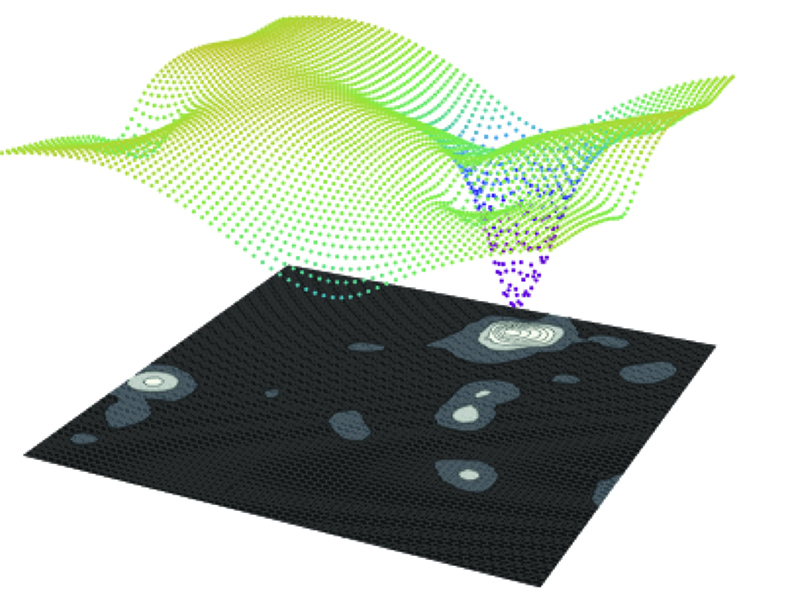Understanding particle physics gives us answers to the fundamentals of science. To better understand particle physics, Tom Giblin, Ph.D., looks to cosmology, the study of the evolution of the early universe.
The associate professor of Physics at Kenyon College is using Ohio Supercomputer Center resources to tackle unanswered questions about cosmic inflation: The theory that following the Big Bang, the early universe expanded exponentially.
“It’s not well understood how the universe just stopped growing very quickly and entered the thermal history we know it had to have in order to develop planets and people and galaxies,” Giblin said. “There’s a period after inflation called ‘re-heating,’ to a state full of particles that are a very high temperature.”
Giblin is trying to develop models to better understand the different phases of the universe’s development. Cosmology and particle physics go hand-in-hand because there’s a limit to how much energy we can give a particles in colliders on Earth.
To go to higher energy scales, one has to look to the early universe because “that’s the laboratory in which those temperatures actually existed, and that’s the place we can probe particle physics at higher energy,” Giblin said. “Generally, these physics help us understand how energy in matter exists.”
Creating a model of particle physics that accurately describes the early universe could result in an understanding of the fundamental interactions of matter and energy.
“In fundamental physics, it’s easy to write down a guess as to what particles look like at high energies. But it’s hard to test and disprove those models,” Giblin said. “We test and explore a lot of models and help put constraints on some of those guesses. Our greatest service is that we test and explore a lot of models and OSC is critically important to that.”
Giblin develops these models locally on his clusters before turning to OSC for large-scale simulations. Giblin and his team use a software they developed called GABE (Grid And Bubble Evolver), a C++ program that can run a variety of particle physics scenarios.
Another important aspect in which OSC helps Giblin is his work with undergrad students who have been able to finish their senior thesis by performing many of the computational runs that need completed.
###
Written by Ross Bishoff
Project Lead: Tom Giblin, Ph.D., Kenyon College
Research Title: Non-linear dynamics in the early universe
Funding Source: National Science Foundation
Website: http://www.kenyon.edu/directories/campus-directory/biography/john-giblin/

